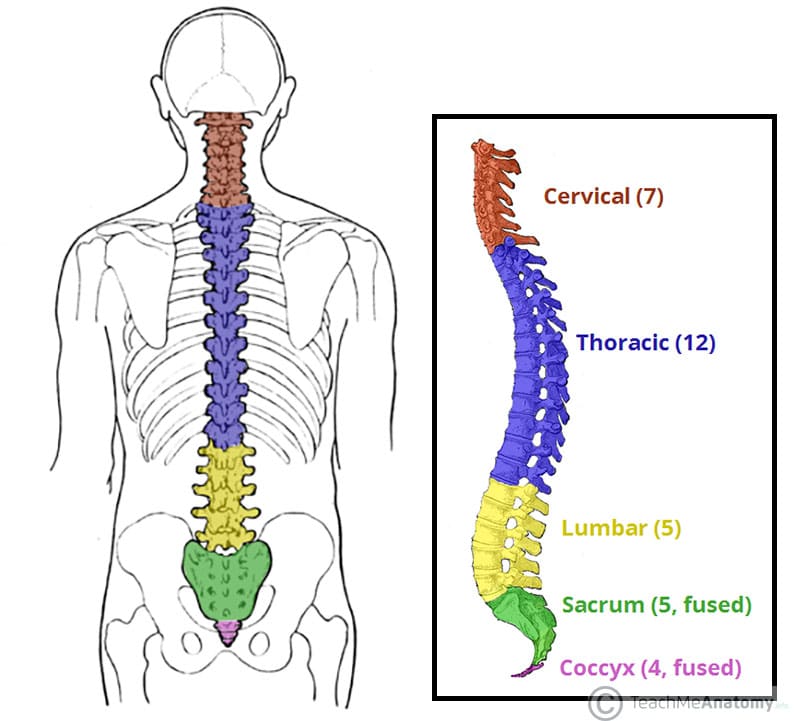How many cranial bones are there?
8
Synapse
the gap that separates adjacent neurons or a neuron and a muscle
Endocrine Glang versus Exocrine Gland
Endocrine Gland - secrete hormones directly into the bloodstream
Exocrine Gland - secrete their substances into tubes or ducts which carry the secretions to the epithelial surface
Asystole
when your heart's electrical system fails entirely, which causes your heart to stop pumping
Cubodial Cells
cube or hexagon shaped epithelium cells
How many facial bones are there?
14
Schwann Cells
wrap around the axon to produce an insulating myelin sheath
Bradycardia versus Tachycardia
Bradycardia - a slower than normal heart rate; fewer than 60 times a minute
Tachycardia - an irregular heart beat; over 100 beats a minute
Fascia
layer or sheet of connective tissue
Columnar Cells
tall, thick epithelium cells that protect underlying tissue
Sesamoid Bones
round bones such as the knee
Axon
long, slender process of the cell that sends nerve impulses
Abrasion versus Avulsion
Abrasion - a wound caused by friction when a body scrapes across a rough surface.
Avulsion - characterized by a flap/missing skin
Sinoatrial Node
small mass of specialized tissue located in the right upper chamber (atria) of the heart. Responsbile for cardiac pacemaking and channeling electrical conduction to the ventricles.
Transitional Cells
cells that range from flat to tall epithelium cells that extend or compress in response to body movements
Compact Bone
hard material that makes up the shaft of long bones and the outside surfaces of other bones
Efferent Neurons
transmit nerve impulses from the CNS toward cells that produce a response
Laceration versus Incision
Lacerations - an irregular cut that is jagged or torn. With no skin missing
Incision - a regular cut made by a sharp object that is "smooth"
Cerebrovascular Accident
A stroke
Squamous Cells
flat epithelium cells
How many vertebrae are there? Double points if you can name how many cervical, thoraic, lumbar, sacrum, and coccyx bone(s).
26; 7 cervical, 12 thoracic and 5 lumbar, sacrum and coccyx

Efferent Neurons
transmit nerve impulses from the CNS toward cells that produce a response
Keratinocytes versus Melanocytes
Keratinocytes - produces keratin in the skin to harden and waterproof the skin
Melanocytes - produce melanin to protect cells from ultraviolet radiation
Hypoperfusion
A reduced amount of blood flow. Causes for hypoperfusion include low blood pressure, heart failure or loss of blood volume.
Merkel Cells
deep in the epidermis; serve a sensory function